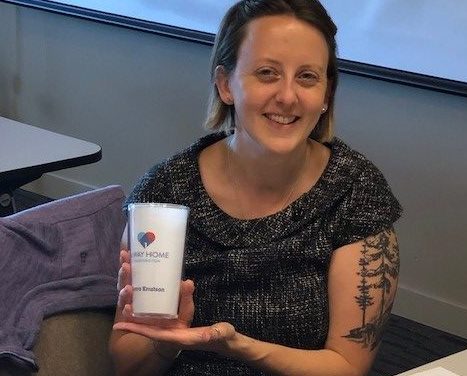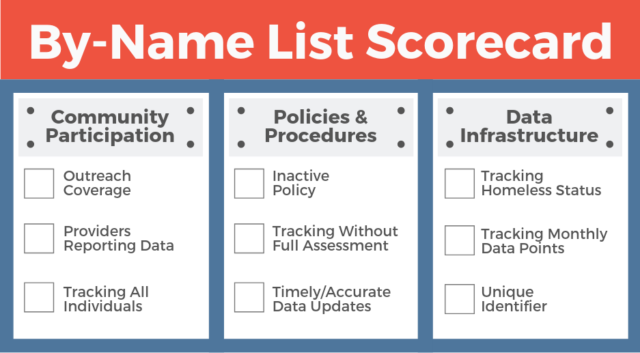Every day, the Anchor Community Initiative is working towards a singular goal – preventing and ending youth and young adult homelessness in four communities by the end of 2022. In our Behind the Scenes series, we give you a sneak peek into the Anchor Communities’ work. Last month, we explained why quality, real-time data matters. Today, our Project Director, Elysa, explains how coaching helps communities reach this and all milestones.
Our Anchor Communities are hard at work creating quality By-Name Lists – you may remember this means the list is reliable, regularly updated and includes ALL unaccompanied youth and young adults experiencing homelessness by name or unique identifier. It’s no easy feat, so all Anchor Communities receive special support to do this work: Coaching.
The Anchor Community Initiative is based on a proven model that has helped twelve communities end veteran and chronic homelessness, Community Solutions’ Built for Zero model. As part of this model, coaches guide communities through the process of achieving quality data and reducing and ending youth and young adult homelessness. Their support is tailored to each community’s specific strengths, challenges and needs. We’ve adopted Built for Zero’s coaching best practices, like helping communities set goals and milestones, meeting with each community in person once a month and connecting teams to subject matter experts as needed. Effective coaches also know that celebrating their teams’ accomplishments and highlighting their progress are really important to keep teams motivated.

So how are coaches helping Anchor Community teams build their quality By-Name Lists? Each month, teams take a self-assessment called the Youth and Young Adult (YYA) By-Name List Scorecard, which consists of 43 yes-or-no questions. When teams are able to confidently answer yes to 41 of these questions, they’ve achieved a quality By-Name List. To get started, coaches helped teams bring the right people to the table to answer the scorecard questions.

Once teams take the scorecard, they identify focus areas for improvement. Coaches bring forth tools and resources that help teams establish and work towards goals, and they help teams lead effective meetings through the principles of results-based facilitation. For example, the Spokane team chose to work on outreach coverage. They formed a workgroup called the “Outreach Huddle” and used an outreach mapping tool to work on this topic. The workgroup mapped and documented Spokane’s outreach strategy and developed a plan to involve youth and young adults in developing and conducting outreach. Through these activities, Spokane became the first community to confidently say that 100% of their county geography is covered by a documented outreach strategy.
In some ways, an Anchor Community coach is like a sports team coach. Coaches keep their teams motivated to do the work it takes to succeed. They challenge their teams to push themselves and try new things. And they guide their teams to victory. For our Anchor Community teams, the work is achieving quality, real-time data and testing reduction strategies. Trying new things means pushing against the status quo and changing the ways systems serve young people. Victory means ending youth and young adult homelessness.
